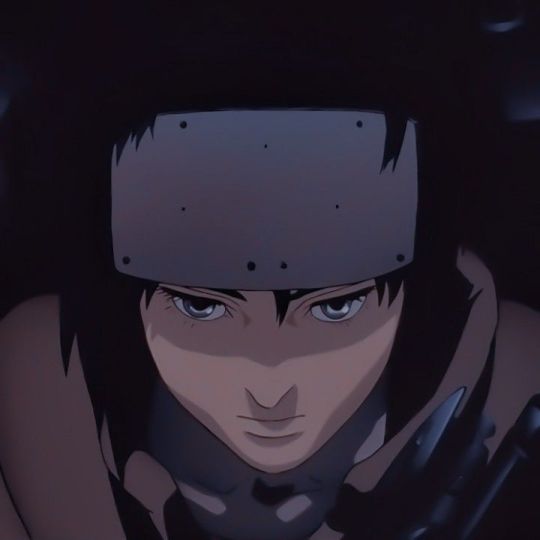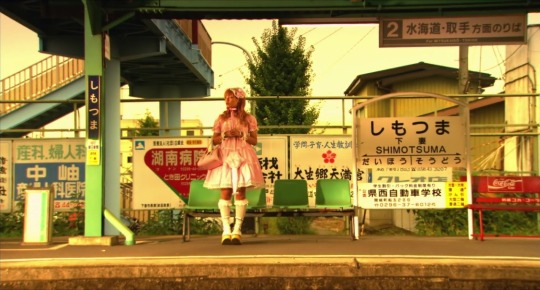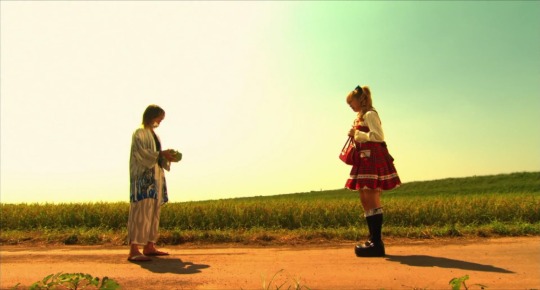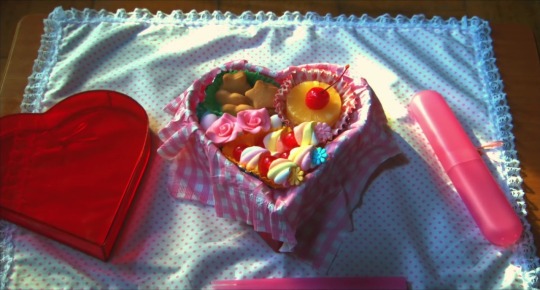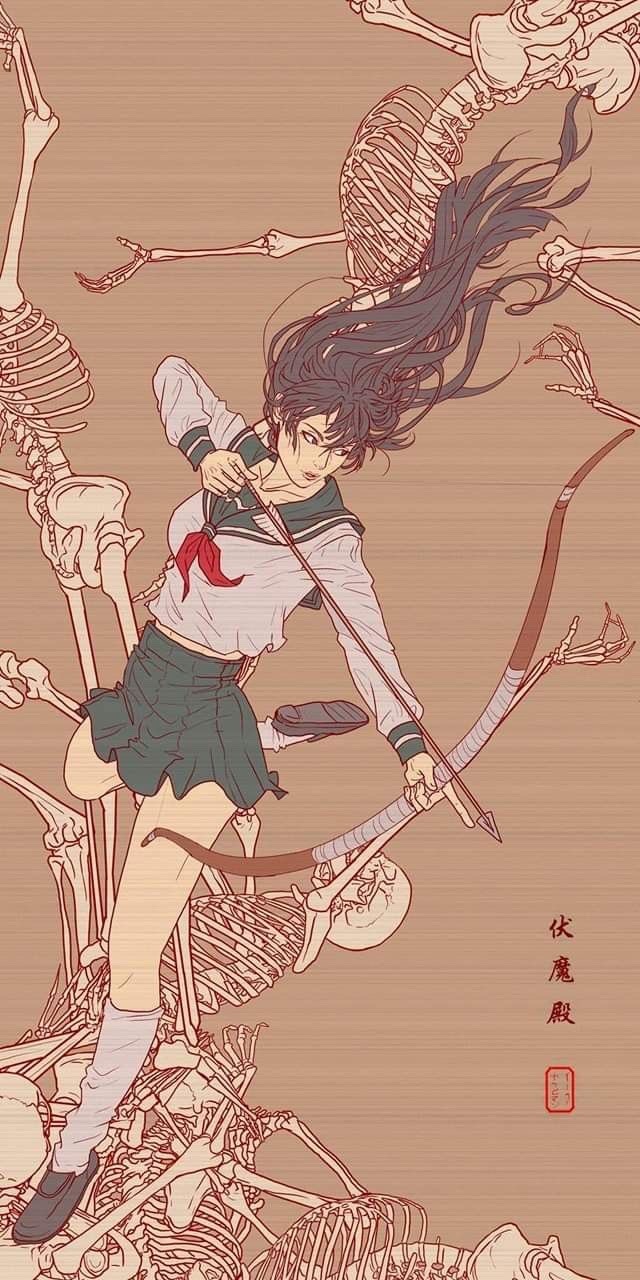Photo
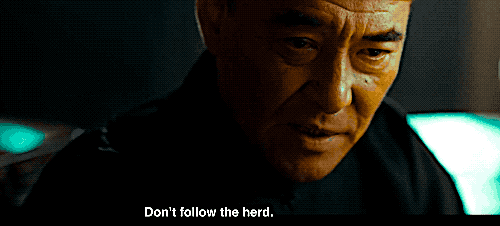
Don’t follow the herd. If the old never let go, when will the young ever get a chance?
The Grandmaster (Catonese and Mandarin, 2013)
8 notes
·
View notes
Photo
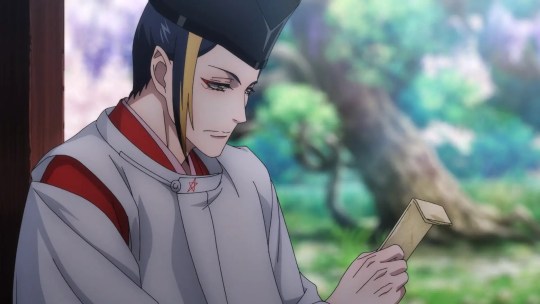
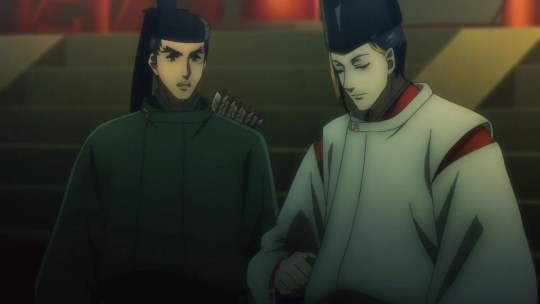
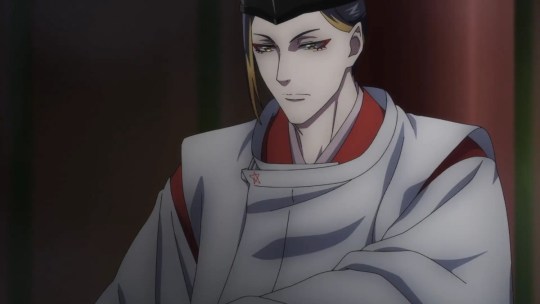
(via Exploring Onmyoji anime and the retelling of the legend of Abe no Seimei)
1 note
·
View note
Photo
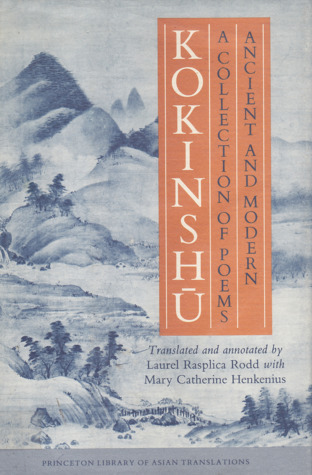



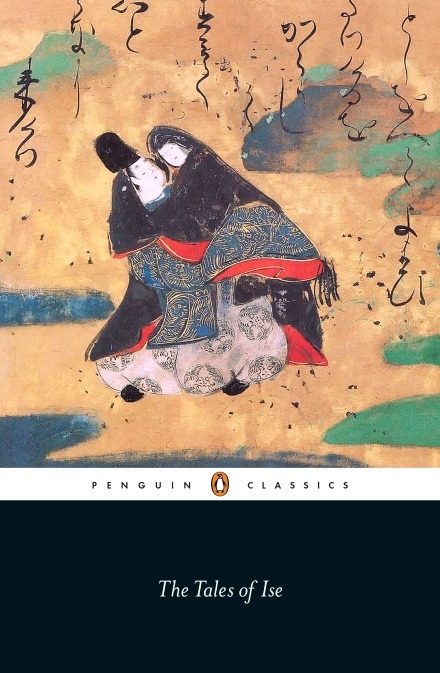


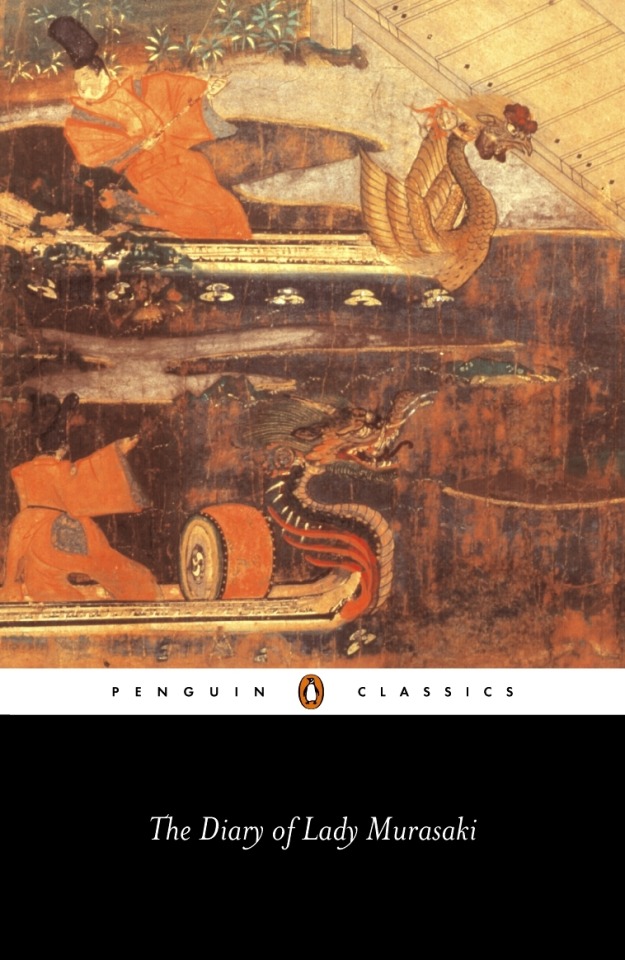
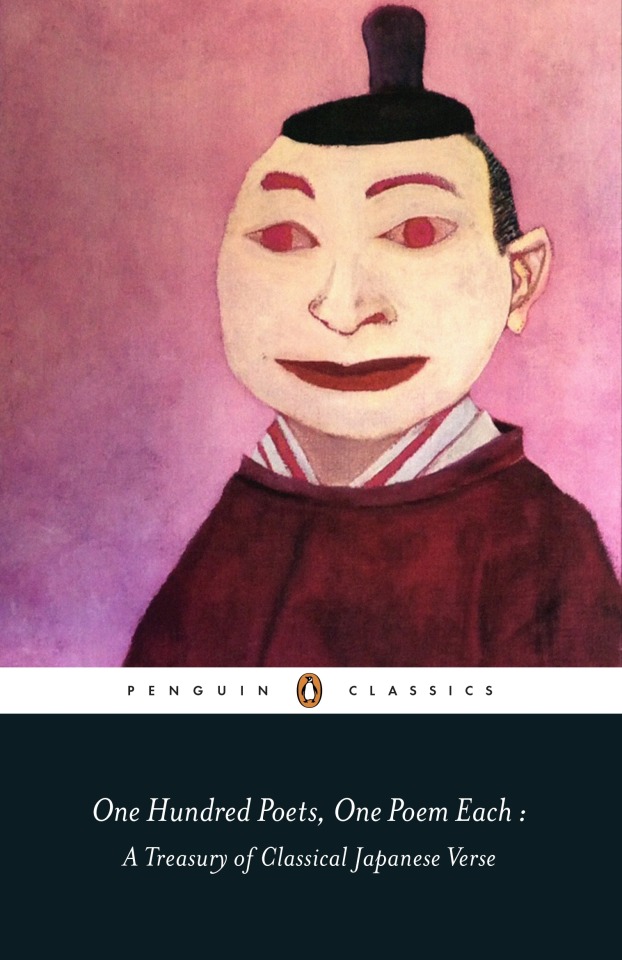

Kokinshū : A Collection of Poems Ancient and Modern 905
Ki no Tsurayuki - The Tosa Diary 935
The Gossamer Years (Kagerō Nikki) 974
The Tale of the Lady Ochikubo 980
The Tales of Ise 980
Sei Shōnagon - The Pillow Book 1002
Murasaki Shikibu - The Tale of Genji 1008
Murasaki Shikibu - The Diary of Lady Murasaki 1010
One Hundred Poems, One Poem Each (Hyakunin Isshu) 900-1200
Japanese Tales from Times Past (Konjaku Monogatari Shu) 1120
3 notes
·
View notes
Text

October 2018: Geiko Fumino (Fukushima Okiya) of Gion Kobu dressed as Ono No Komachi for the Jidai Matsuri.
Ono No Komachi was one of the most famous poets of Japanese history, who was born between 820 and 830 and died around 900. She was said to be extraordinarily beautiful and became a symbol of Japanese beauty.
She wrote waka poetry, which is a relatively broad genre that encompassss classical poetry in Japanese. This is so notable since, in the first few hundred years of Japan’s existence as a country, all of their poetry was written in Chinese (kanshi poetry). Waka didn’t come into existence until the 7th century.
What makes Ono No Komachi even more impressive and important is that she is the only female member of the Rokkasen, the six poet gods, who were named by famous poet Ki no Tsurayuki to be the most notable and influential poets of the early Heian Period.
Ono No Komachi is actually the most well-known poet of the Rokkasen today, and most of her poems are melancholic and deal with anxiety, solitude or love. It’s also extremely difficult to translate her poems into different languages, since she often used words with several different meanings, which often gives her work a lot of ambivalence.
Source: yasu733 - Blog
82 notes
·
View notes
Photo

Aridōshi Shrine, Katsushika Hokusai, c. 1801-1804, Minneapolis Institute of Art: Japanese and Korean Art
A legendary episode that took place in front of Aridōshi Shrine (in modern-day Osaka) provided the subject of this composition. One rainy night, the famous poet Ki no Tsurayuki (ca. 868–ca. 945) came to Aridōshi Shrine while making his way back to Kyoto. He had planned to stop and pray but changed his mind because of the inclement weather. His horse, however, suddenly collapsed at the shrine’s gateway. Tsurayuki took this as a sign that his neglectful attitude had offended the shrine deity. He quickly offered prayers and recited a poem dedicated to the deity. As he uttered the final syllable, his horse miraculously stood up, and Tsurayuki was able to proceed on his way.
Size: 10 1/16 × 15 1/16 in. (25.5 × 38.3 cm) (image, sheet, horizontal ōban)
Medium: Woodblock print (nishiki-e); ink and color on paper
https://collections.artsmia.org/art/8733/
31 notes
·
View notes
Photo

Page from the Ishiyama-gire (dispersed volumes of the Anthology of the Thirty-Six Poets) Poet: Ki no Tsurayuki, attributed to Fujiwara no Sadanobu, early 12th century, Japan
211 notes
·
View notes
Text

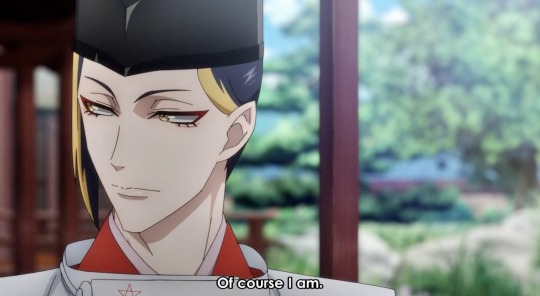

Onymoji (Ep 3)
51 notes
·
View notes
Text

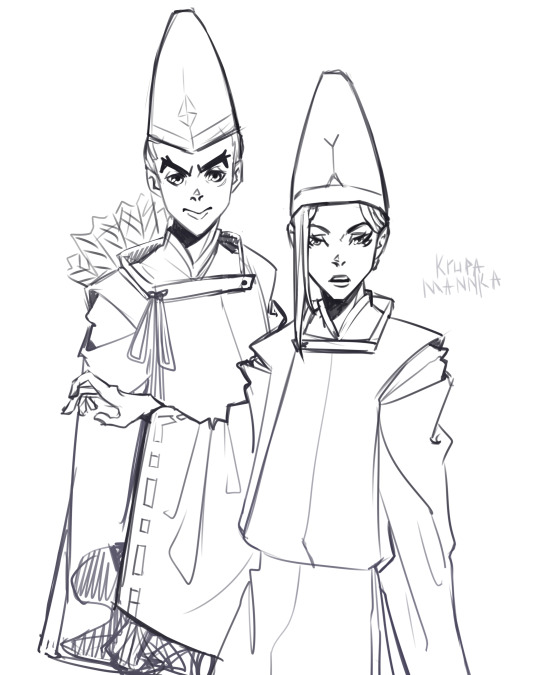
I need a second season where they tell us where Hiromasa got the scar on his face
112 notes
·
View notes
Text

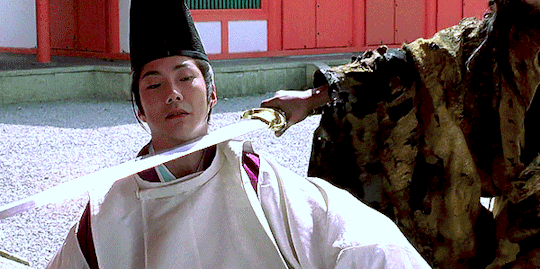


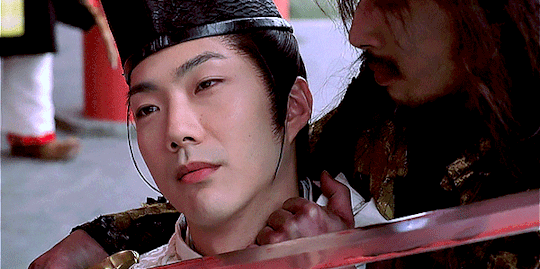

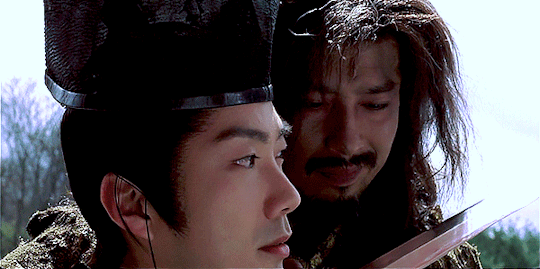
this scene sure was a lot
81 notes
·
View notes
Text
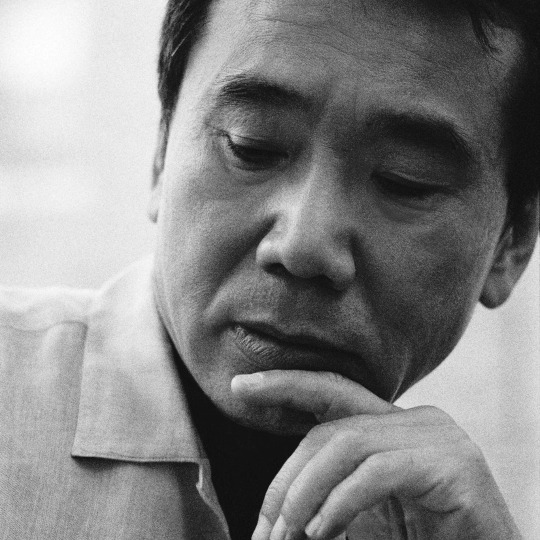
“If you only read the books that everyone else is reading, you can only think what everyone else is thinking.”
— Haruki Murakami
167 notes
·
View notes
Text

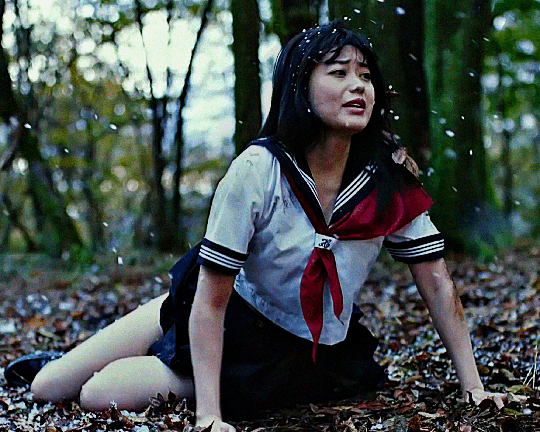
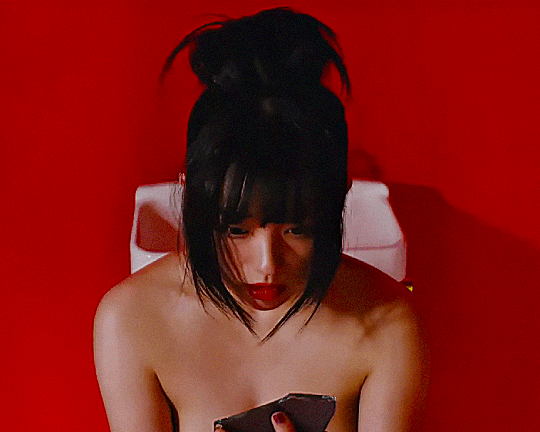

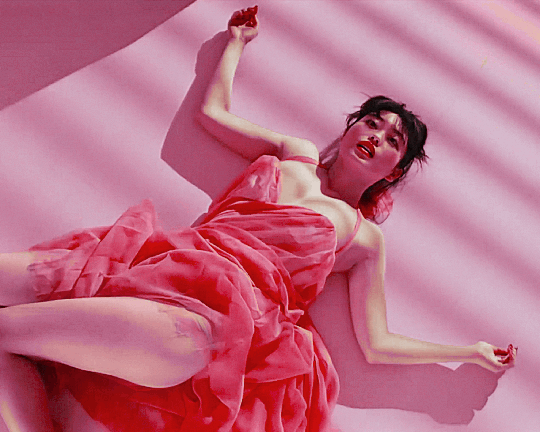
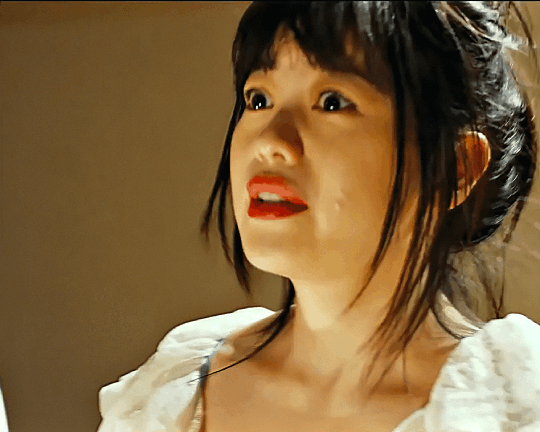

This isn’t my life! This isn’t my existence!
AMI TOMITE as KYOKO in ANTIPORNO (2016) dir. Sion Sono
220 notes
·
View notes
Text




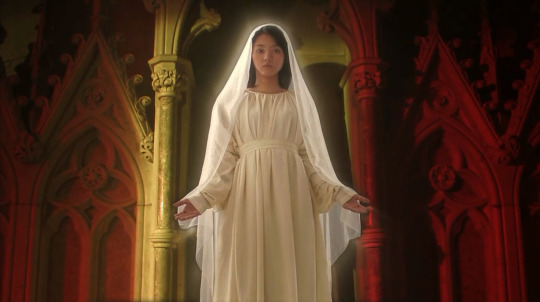




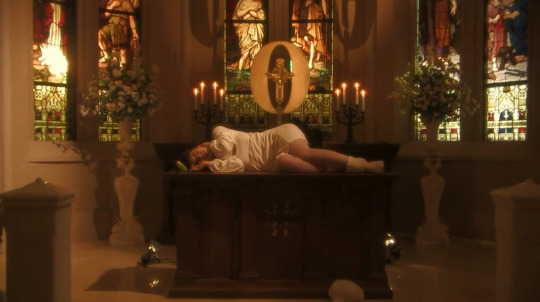
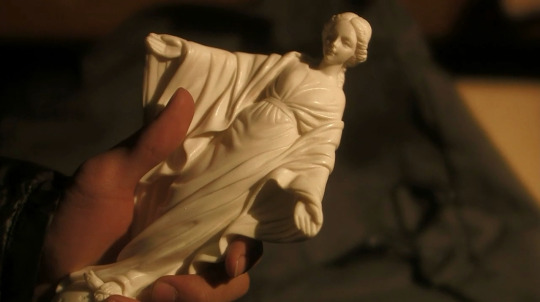
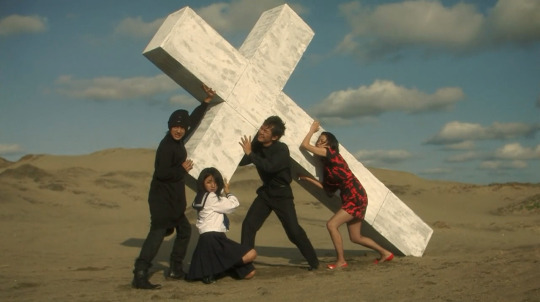
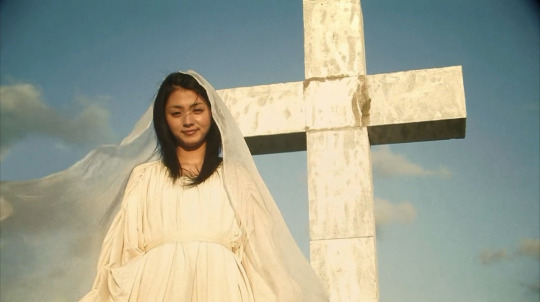
Love Exposure (2008) Dir. Sion Sono
74 notes
·
View notes
Text


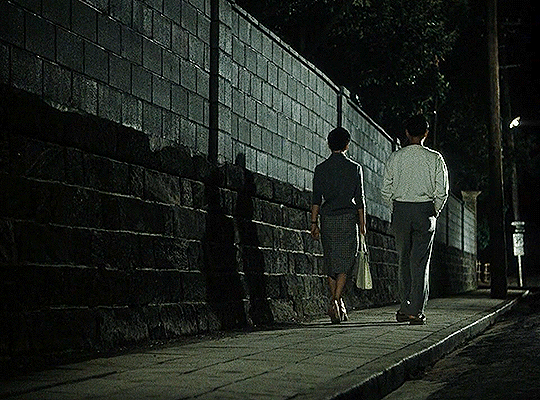
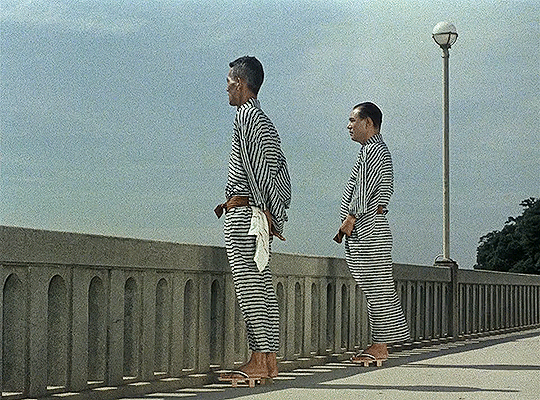


Equinox Flower (1958) Directed by Yasujiro Ozu
293 notes
·
View notes



